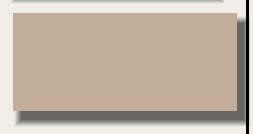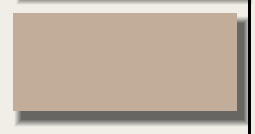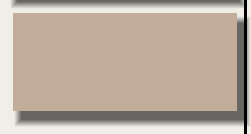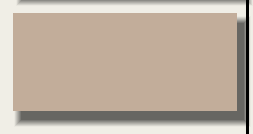... Ideal (Wood Tone) and (Rub Tone) matched Violin making Wood for a superior instrument making experience...
..7/2017 Update: The past year I have made a review of the wood selection process to discover how the wood used in an instrument affects the finished sound and have come to the conclusion that it is very important indeed!
..To give you the short version: there are three tone properties that apply to the wood in musical instruments:
_________________________________________________
#1. Tap Tone:
This is the vibration property of individual parts of the violin. It is different in each plane of the wood (top/bottom, sides, or ends). This is covered extensively in the 'Tap Tuning' sections of this website. It relates to how each part interacts with all the other parts of the musical instrument. Each part has its proper role to play and should be adjusted to its ideal contributing frequency (tap tone).
If wood was completely homogenous material, then each part could be made to the exact dimension and then all completed instruments would be identical in sound. "Wouldn't that be wonderful...!"
Now back to our real world; wood is NOT uniform and so each part of our violin must be adjusted slightly so that it produces the correct frequency, (tap tone); thus the importance of "whole violin (instrument) tap tuning"...
#2. Wood Tone:
This is a specific property to the wood that relates to sound quality. In the natural created world, there is a relationship to the tap tone of the tree trunk, the first branch off the trunk of the tree, the second branch off the trunk of the tree (also the first branch off the first branch), and the third branch off the trunk; and so on.
When this is measured; for instance, on the maple tree in our back yard;
Taking a tap tone reading on the trunk, first and second and third branches off the trunk gives these results: Trunk: 176 HZ; Every First branch off the trunk: 162 HZ; Every Second branch off the trunk:
144 HZ; Every Third branch off the trunk: 134 HZ; Every Fourth branch off the trunk: 129 HZ.
Please understand this concept; the tap tone of the trunk is the same all along its length; the tap tone of each branch is the same all along its length.
[This has important implications to the selection and tuning of violin bows which also should have a consistent tap tone all along its length {{198 HZ as it turns out to be}}].
Now this series predicts all the wood tone frequencies in the instrument making world as well as all the tap tone frequencies for all the violin families various parts; it also delineates the wood tone scale, for this superior sound wood.
For the wood tone (and tap tone scale) scale, these special desired frequencies are:
(129 HZ, 134 HZ, 144 HZ,162 HZ 176 HZ, 198 HZ, 213 HZ, 242 HZ, 287 HZ, 324 HZ)
Now the wood tone scale indication for a piece of wood is consistent through out the piece of wood; it does not change with changes of wood shape or size. So wood tone and tap tone are two different wood properties; as is rub tone.
Each part of the violin has a specific, favored wood tone. Using a near wood tone selection will give a approximately 10% sound quality drop (but might still be a good choice if the best is unavailable).
# 3. Rub Tone
This is also consistent through out the piece of wood and does not change with change in shape. After extensive testing of samples of matched wood tone wood; the ideal rub tone number is # 22. The scale I made goes from # 3 to # 27. A wood sample with either #21 or # 23 seems to have lost about 10% of its sound quality to me; wood samples with either # 20 or # 24 seems to have lost about 20% of their # 22 sound quality.
Such wood is still better than tone wood farther away from the standard!
E Mail me at langsatherdavid@gmail.com
or call David Langsather
at 503-428-6118 PST
Modified 12/2017
Page VRT_8











